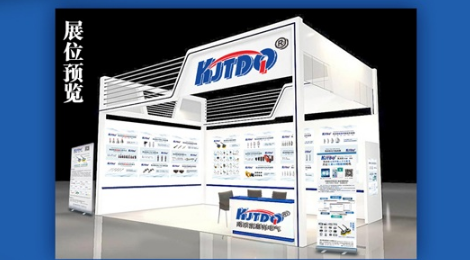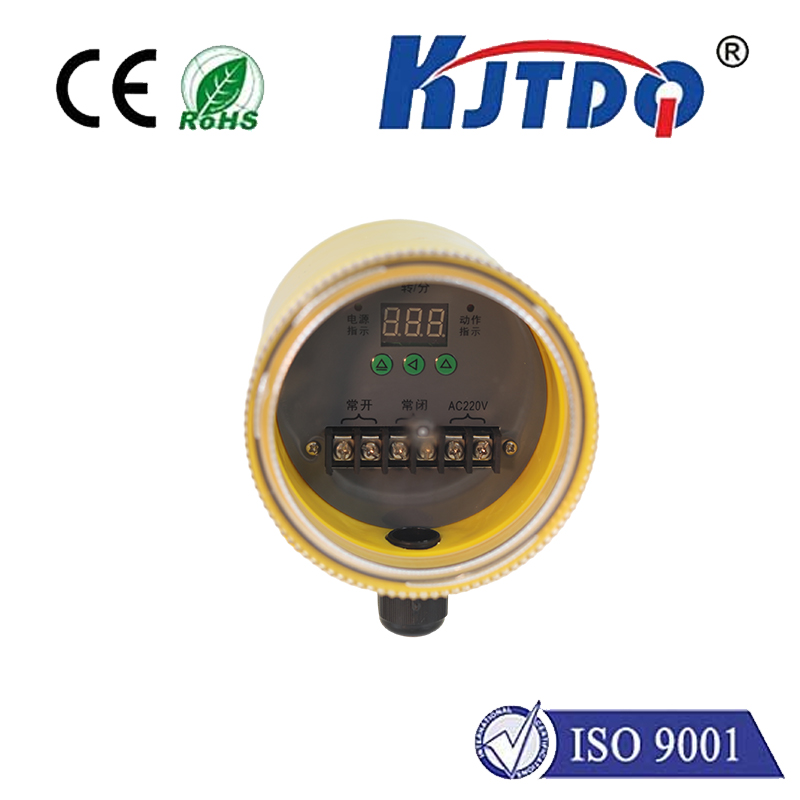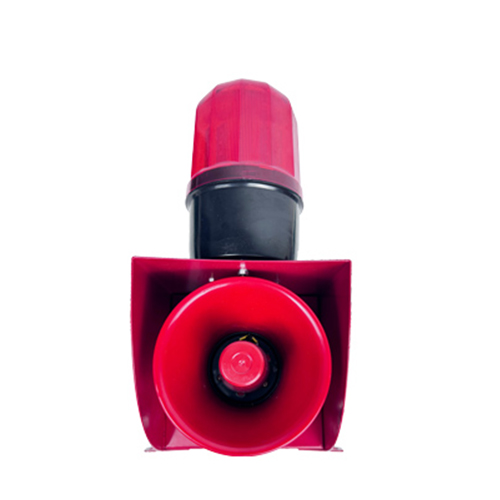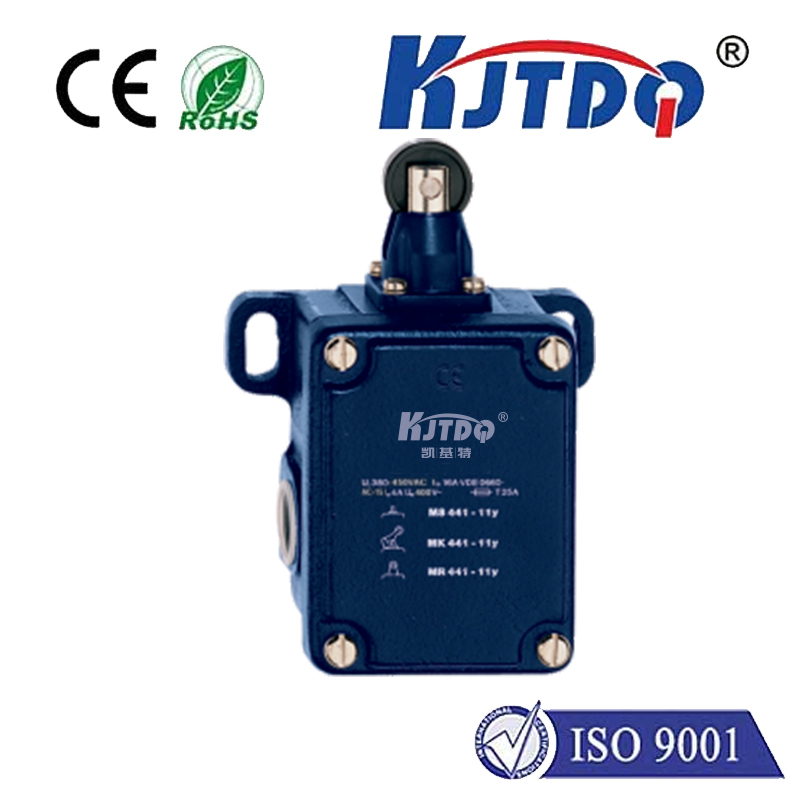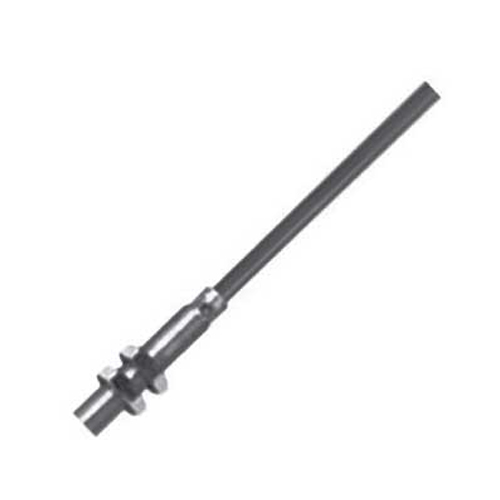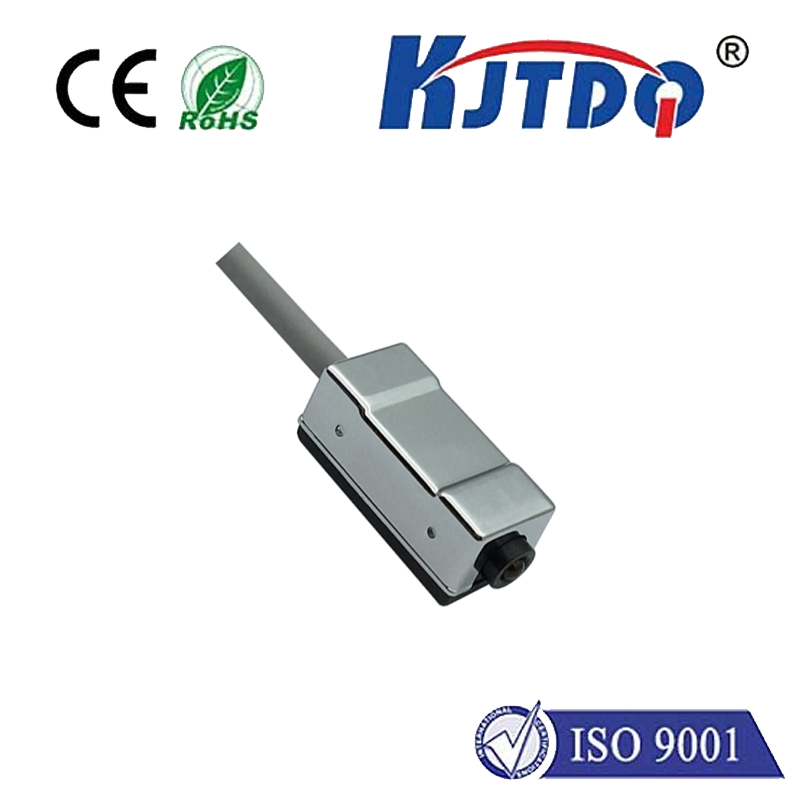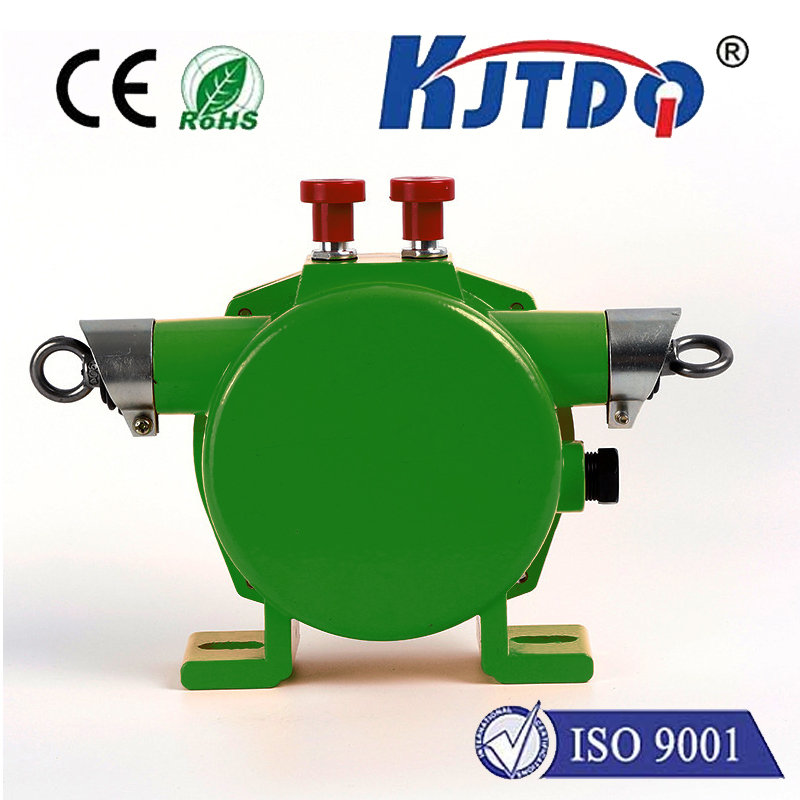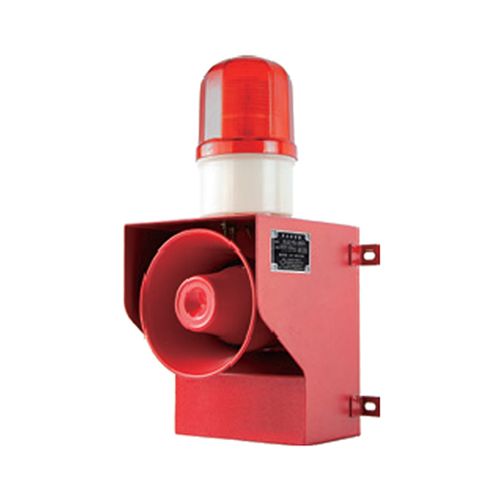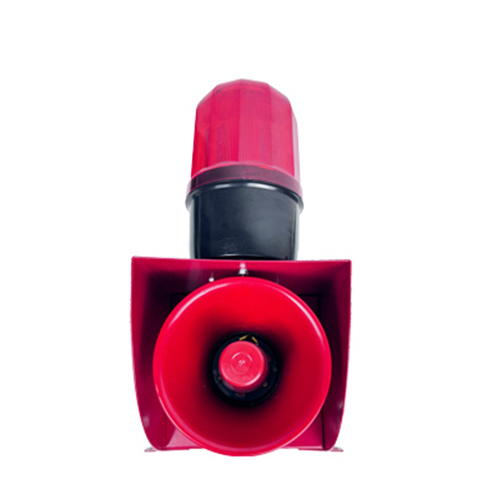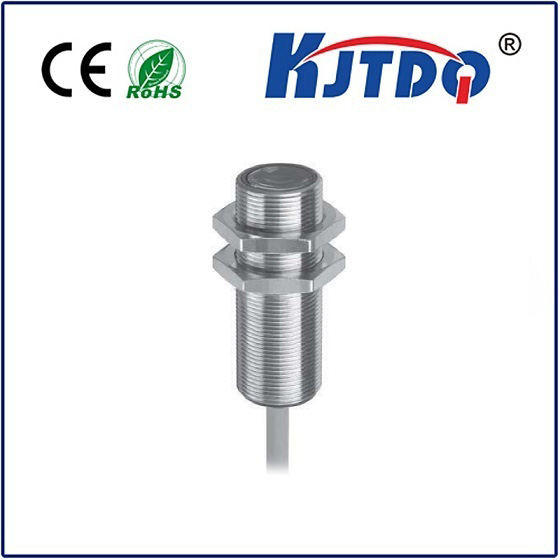BES0305 proximity sensor
- time:2025-10-16 14:42:49
- Нажмите:0
BES0305 Proximity Sensor: Your Reliable Solution for Non-Contact Detection in Demanding Environments
Invisible, silent, yet absolutely vital – that’s the reality for countless proximity sensors humming away within the intricate machinery powering modern industry. Among these unsung heroes, the BES0305 proximity sensor stands out as a robust and dependable workhorse, engineered to deliver precise, non-contact detection where reliability is non-negotiable. If you’re navigating the complexities of automation, packaging lines, material handling, or any system requiring unwavering object presence detection, understanding this specific sensor’s capabilities is key to optimizing performance and minimizing downtime.
So, what exactly is a BES0305 sensor? It refers to a specific model within a family of inductive proximity sensors. These sensors operate on a fundamental principle: generating an electromagnetic field. When a conductive metal object enters this field, eddy currents are induced within the object. This interaction alters the oscillation state within the proximity sensor’s internal circuitry. The sensor’s electronics meticulously monitor this change and trigger a solid-state switch – usually an NPN or PNP transistor output – signaling the object’s presence without any physical contact. This contactless operation is the core advantage, eliminating wear and tear, reducing maintenance needs, and enabling high-speed detection.

Engineered for Toughness: Key Features of the BES0305 Proximity Sensor
The BES0305 inductive proximity sensor isn’t just another generic component; it’s built with industrial rigor in mind. Its defining characteristics make it a preferred choice across sectors:
- Robust Housing: Typically encased in a nickel-plated brass or high-grade stainless steel body, the BES0305 offers exceptional resistance to harsh industrial environments. This includes resilience against impacts, vibrations, oils, coolants, and various chemicals commonly encountered on factory floors.
- Optimized Sensing Range: While specific range varies within the BES0305 family based on exact model suffix (e.g., BES0305-…), these sensors are designed for reliable detection within practical distances suitable for most industrial positioning and object detection tasks. Common ranges include 1.5mm, 2mm, 4mm, or 5mm for standard ferrous targets. Always refer to the specific datasheet for the exact sensing distance of your model.
- Solid-State Reliability: The absence of mechanical contacts means no arcing, no moving parts to fail, and an exceptionally long operational lifespan. This translates directly to reduced maintenance costs and enhanced system uptime – a critical metric in production environments.
- High Switching Frequency: Capable of operating at high speeds (often in the hundreds of Hertz), the BES0305 proximity sensor is perfectly suited for detecting fast-moving objects on conveyor lines or in high-cycle machinery, ensuring no target is missed.
- LED Status Indicator: An integrated LED provides instant visual feedback, indicating power status and the detection state (on/off). This simple feature is invaluable during installation, troubleshooting, and routine checks.
- Short-Circuit and Reverse Polarity Protection: Built-in safeguards protect the sensor and your control system from accidental wiring errors or electrical faults, enhancing overall system resilience.
- Standardized Mounting: Designed with M8 or M12 threaded barrels (depending on the variant), the BES0305 sensor integrates seamlessly into standard mounting holes and fixtures, simplifying installation and replacement.
Where the BES0305 Proximity Sensor Excels: Diverse Applications
The combination of robustness, reliability, and precise non-contact detection makes the BES0305 inductive proximity sensor incredibly versatile. You’ll find it performing critical functions in numerous settings:
- Machine Automation: Detecting cylinder end positions, verifying part presence in fixtures, confirming tool changes on CNC machines, and monitoring robotic arm positions.
- Packaging Machinery: Counting bottles or containers, detecting fill levels (metallic components), verifying cap presence or closure, and controlling gate positions on conveyors.
- Перевозка материалов: Monitoring pallet presence at loading stations, detecting metal components on belts, confirming elevator positions, and triggering sorting mechanisms.
- Automotive Production: Verifying part insertion in assemblies, detecting pistons or shafts, confirming welding robot positions, and managing part flow on transfer lines.
- Food & Beverage (Metal Components): Detecting cans, metal lids, or foil seals on production lines where non-contact is essential for hygiene or product integrity.
- Assembly Lines: Ensuring components are correctly positioned before joining operations, detecting jams, and controlling indexing mechanisms.
Integrating the BES0305: Simple & Effective
Installing and using a BES0305 proximity sensor is typically straightforward. Key considerations include:
- Mounting: Securely mount the sensor in the desired location using its threaded barrel. Ensure the sensing face is positioned correctly relative to the target path.
- Wiring: Connect the sensor according to its specific output configuration (NPN normally open/closed, PNP normally open/closed) and voltage requirements (commonly 10-30V DC). Always adhere to the wiring diagram provided on the sensor or its datasheet. Utilizing shielded cable is recommended in electrically noisy environments to prevent false triggering.
- Alignment & Distance: Ensure the target approaches the sensor perpendicularly to its face within the specified nominal sensing range (Sn). Account for any reduction factors for different target materials (steel is optimal; non-ferrous metals like aluminum or copper require reduced sensing distances – consult the datasheet).
- Environment: While the BES0305 sensor is rugged, be mindful of extreme temperatures beyond its rating or excessive buildup of ferrous dust/chips directly on the sensing face, which can slightly reduce sensing distance.
Maximizing the Value of Your Proximity Sensor Investment
Choosing the BES0305 proximity sensor signifies a commitment to reliability. To maximize its value:
- Select the Correct Variant: Pay close attention to the model suffix specifying sensing distance, output type (NPN/PNP, NO/NC), and connector style.
- Prioritize Genuine Components: Source sensors from reputable suppliers to ensure authenticity and performance matching the published specifications.
- Consult the Datasheet: Always reference the specific technical data sheet (readily available online) for critical parameters like sensing distance, temperature range, electrical characteristics, and mounting dimensions.
- Implement Preventive Checks: Periodically clean the sensing face and verify operation using the LED indicator as part of routine maintenance schedules.
The BES0305 proximity sensor exemplifies the quiet efficiency that drives modern industry. Its ability to provide accurate, wear-free detection of metallic objects in challenging conditions makes it an indispensable component. Whether ensuring a robotic arm grips correctly, verifying a bottle cap is present, or counting parts speeding down a line, this sensor delivers the dependable performance that underpins smooth operations and robust automation solutions. When non-contact reliability is paramount for your metallic target detection needs, the BES0305 proximity sensor consistently proves itself as a trusted partner on the factory floor.

